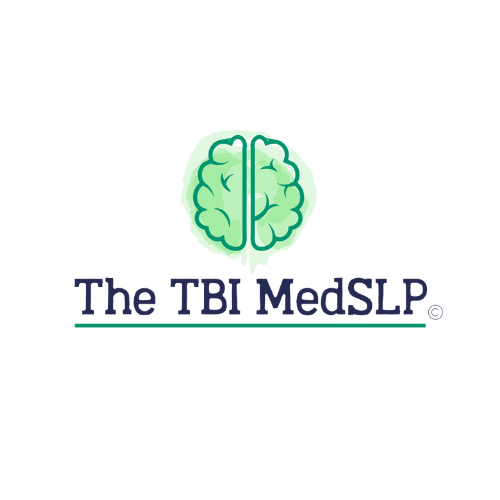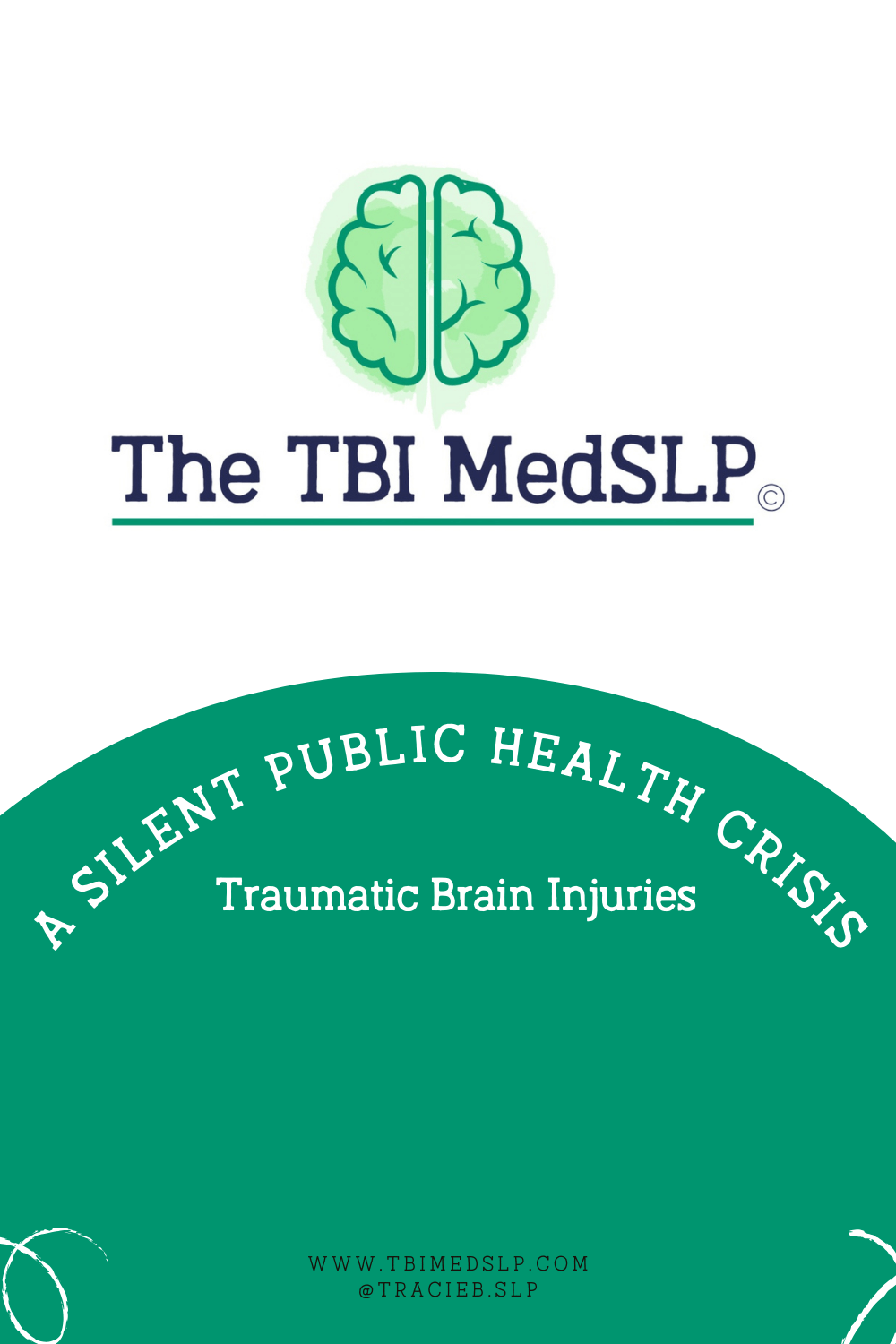Unmasking the Silent Crisis: The Underrated Impact of Traumatic Brain Injury
The first thing you might be asking yourself is, “what is public health?” Public health is all about keeping people and their communities healthy. This is done by encouraging healthy habits, studying ways to prevent diseases and injuries, and dealing with infectious diseases by finding them early and stopping their spread. Essentially, public health focuses on keeping entire groups of people healthy, whether it's a small neighborhood or a large country or region.
Another question you might wonder is, “Why is public health important?” Well, public health experts aim to stop health issues before they start or happen again. They do this by teaching people, suggesting rules, offering services, and studying problems. This is different from doctors and nurses who mainly treat people after they get sick or hurt. Public health also tries to make sure everyone has a fair chance at being healthy. A big part of it is making sure everyone can get good healthcare that's fair, high-quality, and easy to reach. The biggest parts of public health are education and prevention.
How does Traumatic Brain Injury fit into public health?
Traumatic brain injury (TBI) represents a significant yet often overlooked public health crisis, contributing significantly to disability, illness, and death on a global scale.
Traumatic Brain Injury is one of the leading causes of death and disability in the United States. The most common causes of a traumatic brain injury are falls, firearm-related injuries, motor vehicle crashes, and assault.
Many of the causes of TBI are preventable, but traumatic brain injury remains a silent public health epidemic as very few media outlets, professionals, and political figures shed light on this topic. As of 2021, approximately 190 people die each day from a traumatic brain injury. Falls and fire-arm related suicides are amongst the most common cause of TBI in the United States. Some types of TBI can cause temporary or short-term problems with normal brain function, including problems with how the person thinks, understands, moves, communicates, and acts. More serious TBI can lead to severe and permanent disability, and even death. Depending on the severity of the TBI, individuals may not be able to live independently, return to the workforce, or be able to enjoy daily activities. TBIs can be costly not only to the survivor and their family, but also to the economy.
TBIs affect the lives of anyone, anywhere, and at any time. Data from the CDC suggests that some groups are at greater risk of dying from a TBI or experiencing long-term health problems after the injury.
Examples of groups who are more likely to be affected by TBI, include:
Racial and ethnic minorities
Service members and Veterans
People who experience homelessness
People who are in correctional and detention facilities
Survivors of intimate partner violence
People living in rural areas
Raising Awareness: Promoting Traumatic Brain Injury (TBI) as a Public Health Priority for Improved Education and Understanding
It all starts with us. It takes medical providers, TBI survivors, and the general public to help raise awareness and educate on preventive measures to decrease the risk of traumatic brain injuries in the United States. Below are some tips that you can start using today to keep your head protected.
Always wear a seatbelt. Even if you’re just riding in the backseat of an Uber, wear the seatbelt.
Do not drive if you have been drinking or are under the influence.
ALWAYS wear a helmet when you are: riding a bike, riding a motorcycle, riding an all-terrain vehicle, skiing, snowboarding, snowmobiling, or on a scooter/e-bike.
WEAR a helmet if you are riding a horse or playing any type of contact sport
Prevent falls by:
Removing area rugs or tripping hazards
Take your time on stairs, these can be challenging to visually process and can require more time to climb safely
Use safety gates at the top and bottom of stairs
Seek immediate medical attention if you have sustained a bump or blow to the head
How does TBI MedSLP address TBI as a public health issue?
At TBI MedSLP our mission is to provide education, advocacy, and support for speech pathologists and healthcare providers in brain injury care, enhancing patient outcomes and patient experiences. TBI MedSLP is constantly posting tips, statistics, and education on our instagram page: @tbimedslp and on our weekly blog! Make sure to follow along to help us raise awareness and advocate on a silent public health epidemic.


